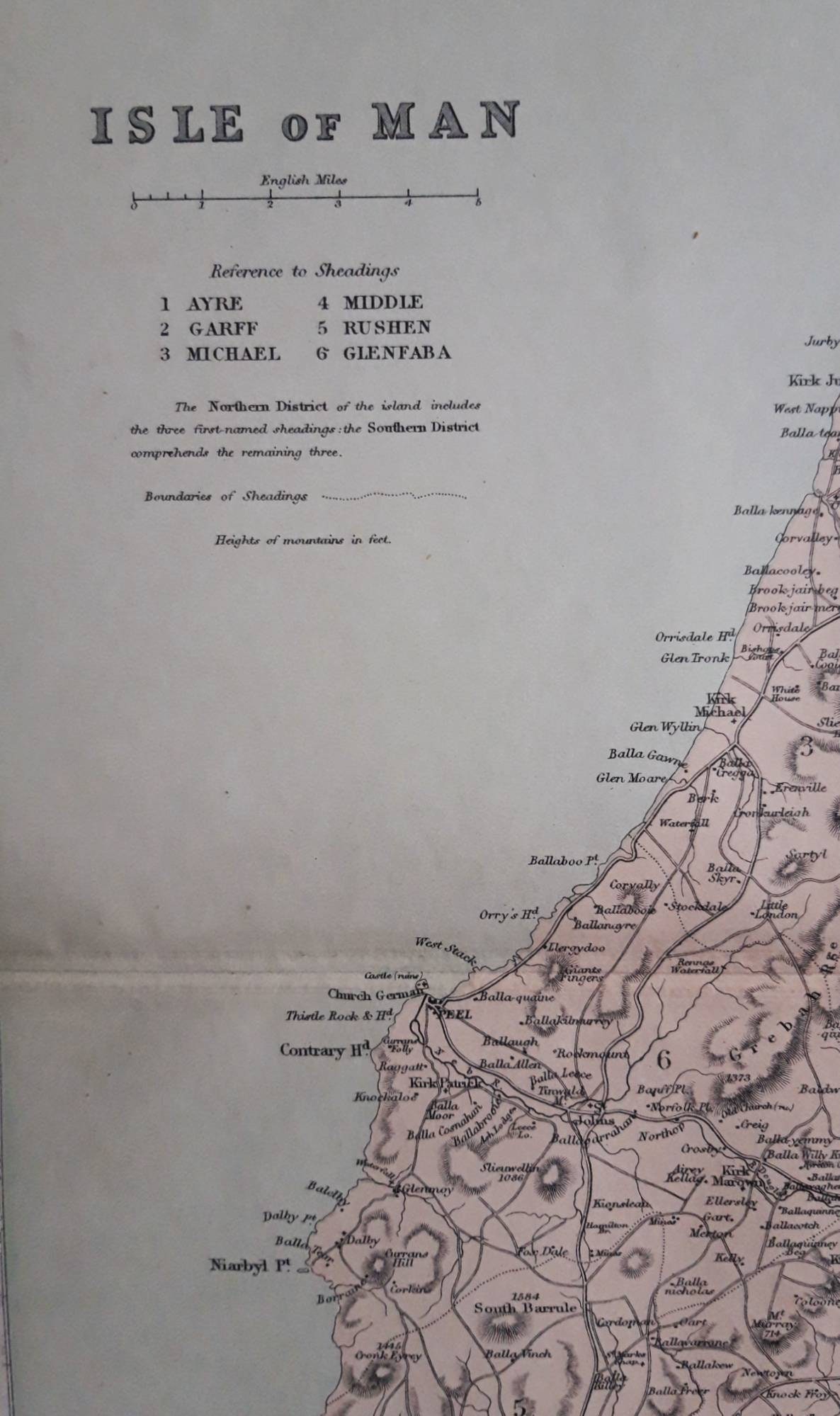

Greenland has only 7-percent of the land area of Africa, for example, but it appears to be just as large on the map. The major drawback to this projection is that it does not preserve area, so that countries near the poles appear much larger than they should relative to countries near the equator. This map was primarily made for navigation and it preserves angles and shapes well. The Mercator projection was created by Flemish cartographer Gerardus Mercator in 1569 and is used in many settings, from classrooms to Google Maps and other online services. One example that has garnered much attention is the difference between the Mercator and Gall-Peters projections. This misrepresentation is a form of lying with projection. Recall that only a 3-dimensional object is able to preserve both shape and area, so anytime you translate a 3-dimensional object onto a 2-dimensional surface, you must choose how you are going to distort the object. Which modification strategies are at work in this map? What is the effect?Īll maps inherently include white lies and subtle misrepresentations: these white lies are fundamental to the very act of mapping! Think back to our discussion of projection.What is the source of the data on this map?.What is included and what is excluded from the map?.

This chapter will introduce you to guiding questions in thinking about lying maps: As we will see a little later in this chapter, these choices-and the lies that they tell-can also have real-world consequences for people and societies. The mapping choices that are made can have a big impact on the final product. The various mapping strategies that you’ve learned about in this course all work together to produce a specific result in the final map. In order to be a critical map reader, pay attention to the guiding questions in the box on the right. In this chapter, we are going to focus on how and why maps lie, whether innocently or not so innocently.īy the end of this chapter, you should be able to critically read the maps that you encounter in your daily life-whether simple informational maps or maps with a more complex social or political message-and understand the strategies that the mapmakers have chosen to promote a particular message or highlight specific data features. As a critical map reader and map maker, it is imperative that you be able to identify and understand all of the ways that maps lie. Then there are the other kinds of lies-propaganda maps, advertising maps, maps for military defense and disinformation, and maps that push a particular political perspective. White lies include all sorts of cartographic strategies, including symbolization, generalization, and unintentionally misleading mistakes.

Geographer Mark Monmonier argues that all of these little modifications-smoothing of geographic features, choices about classification scheme, aggregation of data, or clever use of hue-represent little “lies.” He writes, “To portray meaningful relationships for a complex, three-dimensional world on a flat sheet of paper or a video screen, a map must distort reality…There’s no escape from the cartographic paradox: to present a useful and truthful picture, an accurate map must tell white lies.” (1996) You’ve learned many different ways that you can represent data and modify your maps.


 0 kommentar(er)
0 kommentar(er)
